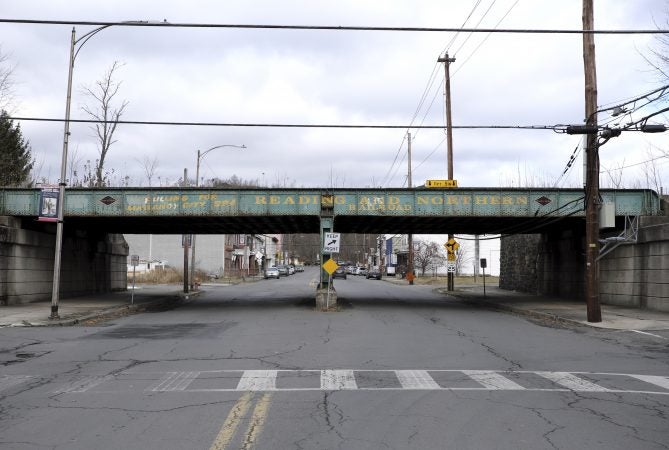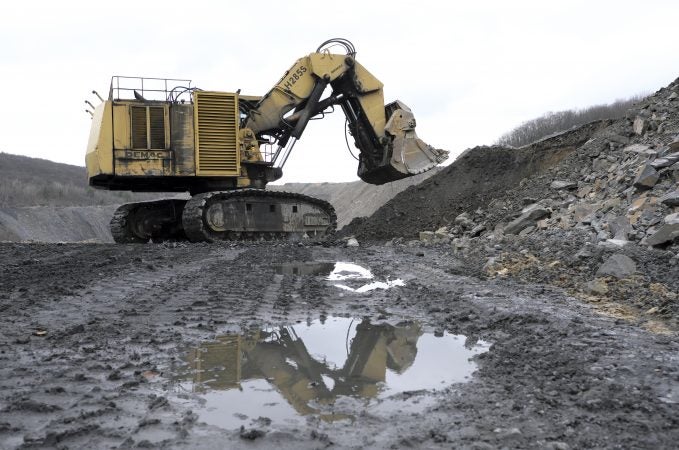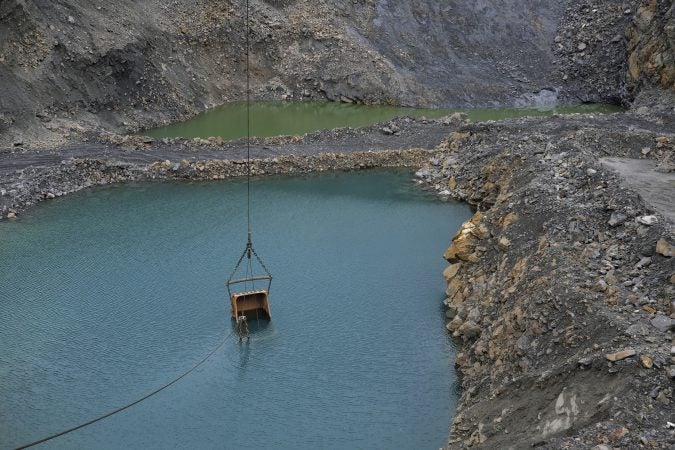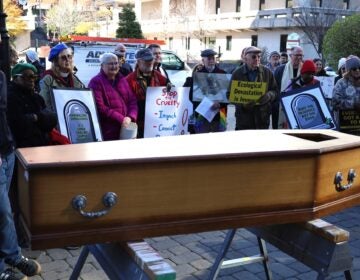A new coal mine is opening in Pennsylvania. Is Trump to thank?
A new mine in Pennsylvania's anthracite coal country has not brought new jobs to the region.
Tom Maziekas’ house in Mahanoy City faces a row of empty lots. Rowhomes once stood there, but they suffered the fate of many buildings in this once-booming coal town in northeastern Pennsylvania: a fire, then rubble, now blight.
Scenes like this are common in the borough — dilapidated rowhomes, sooty with the exhaust of passing cars, empty glass storefronts, boomtowns that have seen better days.
But Maziekas, who has lived his whole life in Mahanoy City and is now the borough council president, is hopeful for the future.
“We’re not dead yet, we’ve still got a pulse in Mahanoy City,” he said. “Thank god Trump lifted all the regulations on coal…coal is gonna be king.”
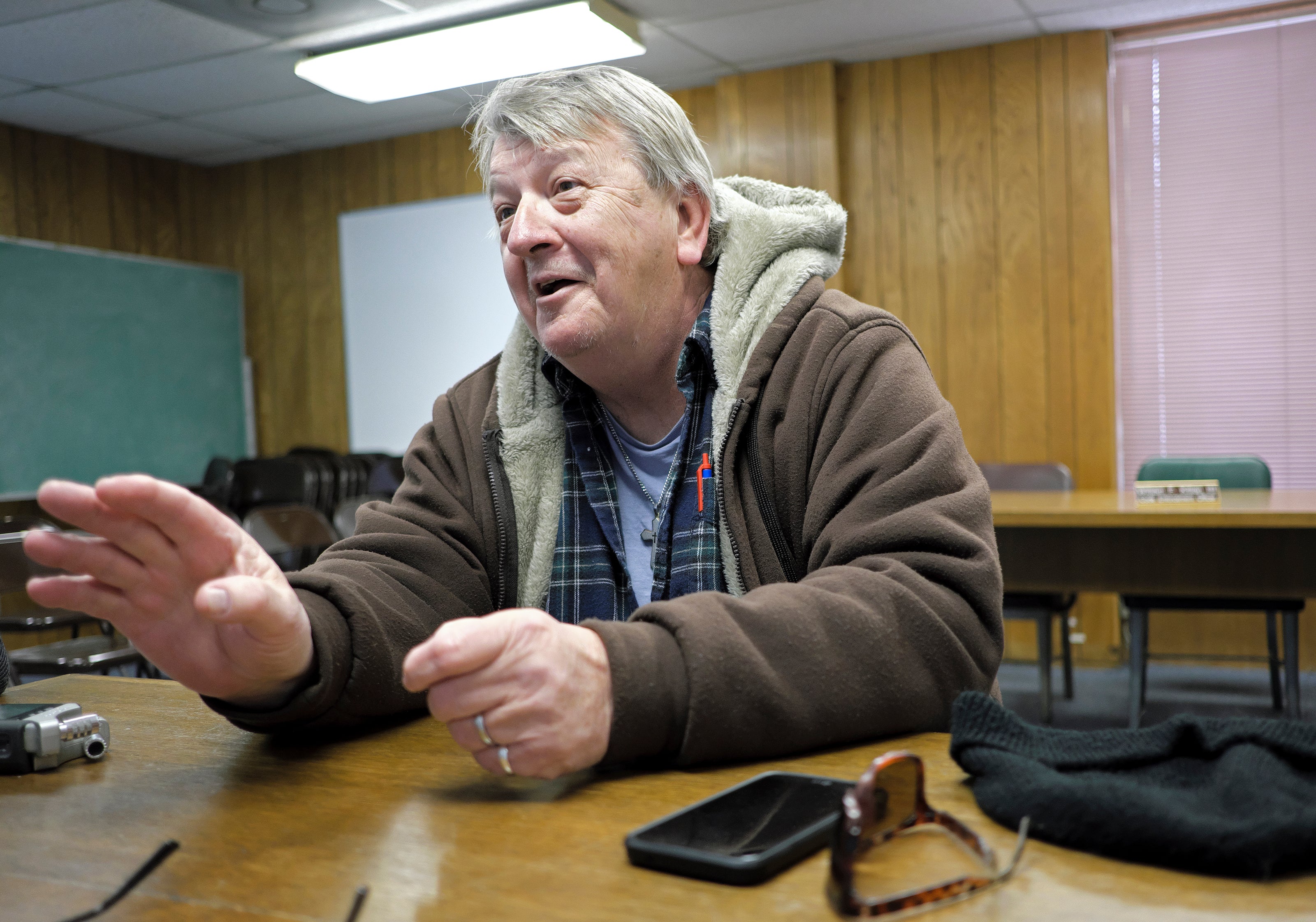
From the campaign trail to today, President Donald Trump has promised he would bring back coal and manufacturing jobs to the United States — and he’s been specifically referencing Pennsylvania.
“The miners of Pennsylvania, we’re digging coal again,” Trump said in June 2017. “When I campaigned for president, I said we’d end the war on coal and put our incredible miners — and that’s what you are, you’re incredible — back to work.”
In the anthracite coal regions of northeastern Pennsylvania, this optimism has been music to the ears of many.
After all, coal created places like Mahanoy City. Anthracite is a particularly pure, high-heat, high-carbon form of coal that, in the United States, is only found in this region. In the early 1900s, over 200,000 people worked the mines around Mahanoy City, including many of the town’s then 16,000 residents.
Mid-century, though, the industry began to collapse as oil replaced coal for home heating. In the early 2000s, coal-fired power plants began to fall out of favor, both because of tougher environmental regulations and because natural gas is less expensive. This year, Americans have so far consumed less coal than any time since 1978.
Meanwhile, the population in Mahanoy City has fallen dramatically, to about 4,000 people. After years of struggling to fund municipal services, the borough turned to the state for help in 2016 through the Act 47 program, and is now making its way back to financial health.
The collapse of the coal industry affected the entire region, which has become home to some of the most distressed rural school districts in the state. In all of Schuylkill County, median household income is well below the state average, and just 500 people work in mining.
Yet coal remains a big part of the culture, and many hope, part of its future.
Many residents still use coal to heat their homes and Mahanoy City offers municipal ash collection. When asked about his age, Maziekas said proudly, “I was born on Johnny Mitchell Day” — a holiday for the man who founded the United Mine Workers. It used to be a paid day off for miners here, but today, it’s not celebrated like it used to be.
Maziekas blames burdensome coal regulations, and praises Trump for taking steps to slash them.
He points to the Blaschak coal company, based at the edge of town, as proof of a Trump-fueled comeback. With the help of a $1 million state grant, Blaschak has re-opened a mine in nearby Mount Carmel — the biggest mine redevelopment project in the region.
“That’s going to mean a lot of work,” said Maziekas.
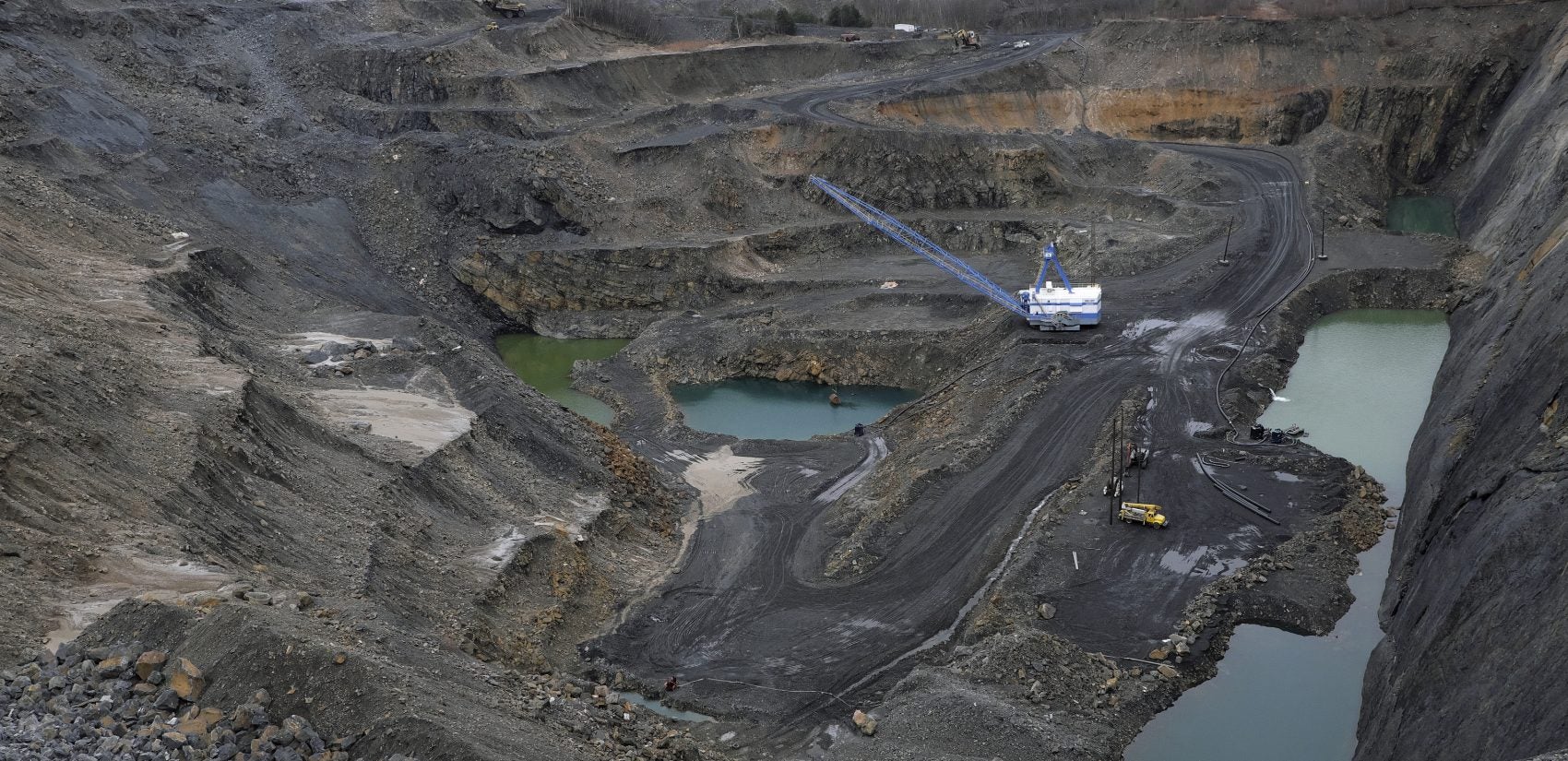
Touring the mines
On a grey day under a light snowfall, Blaschak CEO J. Greg Driscoll drove around the grounds of the new mine. A conveyor belt dumped coal into a huge, shiny pile. A massive, nearly vertical pit sat in the center of the bustling scene, exposing a darker band, deep in the rock.
“You can actually see the black there, that’s the beginning of the coal seam coming out of the ground,” Driscoll said. At some points, it’s nearly 100 feet thick.
At the beginning of the 20th century, this was an underground mine, with mine-shafts burrowed deep into the earth and underground workers wielding pickaxes. It was shuttered for decades, then intermittently surface-mined before closing again.
Now, nearly 20 years after the last operations, Blaschak is blasting away the rock to get at the remaining coal seam. The company will spend about $14 million to redevelop the mine, helped by $1 million in state grants.
Driscoll estimates it could yield $450 million worth of coal over the next 20 years.
Metallurgical coal, like anthracite, has taken a slightly different trajectory than the more common thermal coal, the kind used to generate electricity. Anthracite is instead used in home heating and metallurgy, like steel-making. While the rise of natural gas has continued to gut the thermal coal industry, the market for metallurgical coal is growing steadily — though not to the levels of its heyday.
Once, there were nearly 100 million tons of anthracite coal mined every year in Pennsylvania. Today, it’s closer to 3 million tons. Driscoll knows the anthracite industry will never return to its peak, but he believes there’s room for growth.
“We think it could be 10 million tons [per year] and that would certainly be a major benefit to employment, to the economy, to building a future in the region,” he said.
If that comes to fruition, there would be major positive ramifications for the regional economy.
But what about today? Have Trump’s actions impacted Blaschak’s new mine and boosted local job growth?
The short answer: no.
“Not directly,” said Driscoll. “We have not seen a big impact from any changes in the past three to four years.”
The Trump administration did scrap certain Obama-era policies in order to allow increased production by coal-fired power plants, a move lauded by supporters, but one the Guardian reported could lead to 1,400 more deaths by pollution per year by 2030.
Another change, announced last week, would also make it easier to build coal-fired plants.
But industry experts don’t necessarily expect that to happen — natural gas is still cheaper.
But those changes won’t affect anthracite. The only slashed regulation that has touched the industry so far, said Driscoll, is the end of the Stream Protection Rule, which prevented companies from dumping ash and waste into waterways.
Nationwide, there has been a slight increase in mining jobs since Trump took office. But experts say that’s due to market forces, not cuts to regulations.
This isn’t the only new mine to open in Pennsylvania in recent years. One in Somerset County took center stage when Trump referenced it while pulling out of the Paris climate accords in 2017. Yet, overall, according to the Pa. Department of Environmental Protection, the trend’s still downward: After a slight uptick in 2015, there are now just 837 people employed in anthracite mining in the whole state.
Given Trump’s rhetoric, and news of mine openings, those facts can be confusing. For instance, when news of the Mount Carmel mine re-opening broke, local news stations made it sound like it would bring dozens of new jobs.
There are about 30 people employed at the mine now, including Charlie Gasparetti, a load operator from Mount Carmel who’s been in mining for 23 years.
“This is a good job. It’s a lot of coal,” he said. “Knock on wood, it goes great and I should be able to get close to retirement on this job.”
But like all the workers here, Gasparetti was transferred from another mine that Blaschak had just closed, only a few miles away.
Those media reports about new jobs got it wrong, says Driscoll. So far, nothing new has been created.
“We try to make it clear that this is what’s happening right now,” he said. “There could be another 25 jobs, if we are able to get this developed and find a market.”
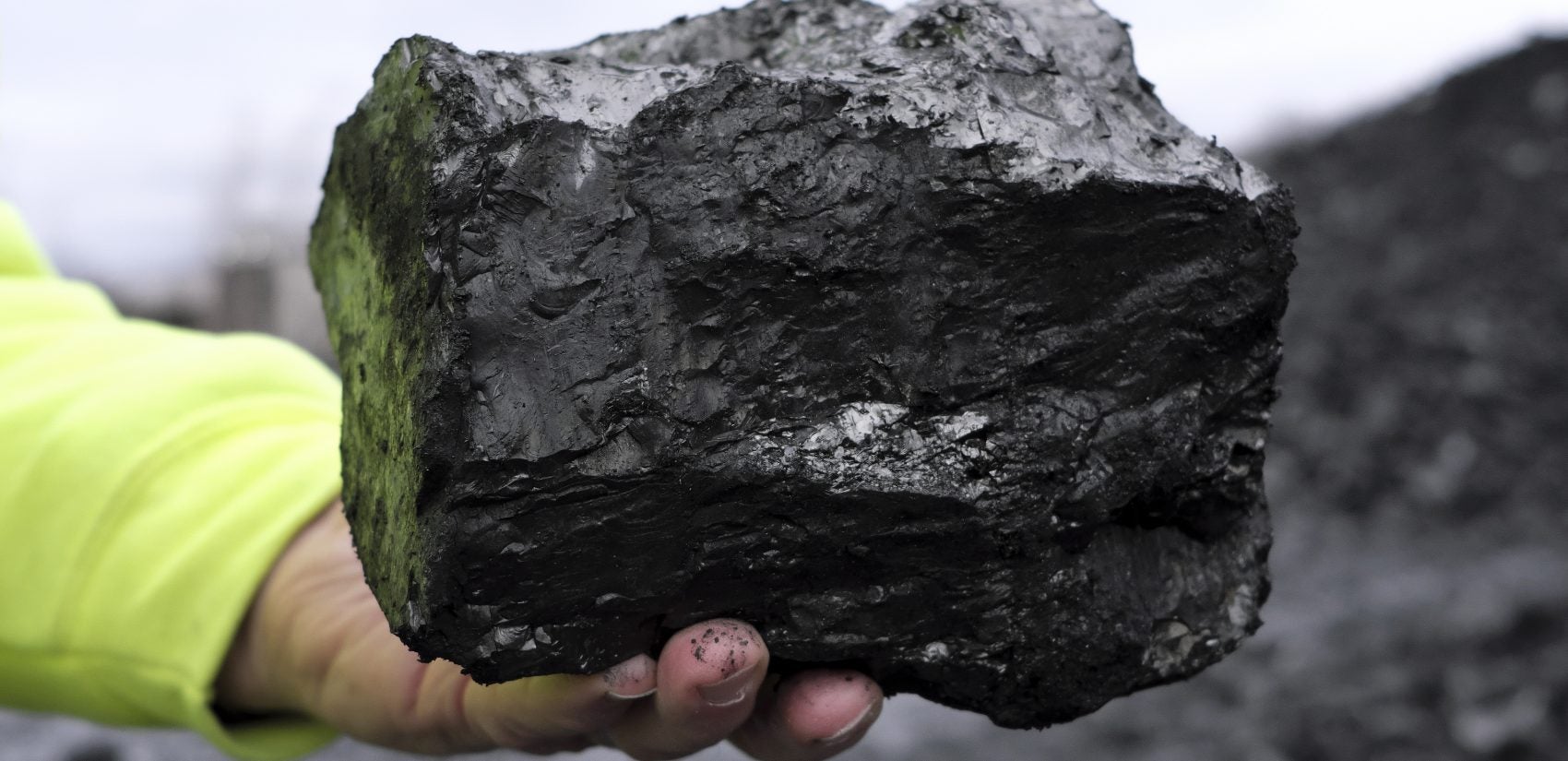
People who know the coal industry say projects like Blaschak’s maintain employment in the sector, a good thing for the economy.
But that promised coal revolution?
“Coal is not coming back. Coal in the U.S. will never come back,” said Art Sullivan, a mining consultant in western Pennsylvania. He’s worked in coal for 52 years, starting as a miner. He’s says people in the country’s coal regions have been misled.
“Trump is a liar. Trump gave hope to a group of people I respect, admire, and have spent my working career with. He lied to them because they were desperate for hope,” said Sullivan.
He and Blashak CEO Driscoll agree that the true hope for a new coal boom lies in innovation. Anthracite can be used in filtration and water purification. People are also experimenting with using it for manufacturing, and extracting its rare minerals — all of which has the potential to create a new coal economy that’s less tied to the energy industry.
“There are known uses of this material that we need to pursue and see if we can’t increase demand by broadening demand — not just by looking for more of the same,” said Driscoll.
Manufacturing on the rise
Like coal, manufacturing was also once a lifeblood of the area around Mahanoy City, with hundreds of small factories making products like cigars, plastics, and thermal underwear. Frank Zukas, president of the Schuylkill Economic Development Corporation, grew up in the region. In the 1960s and 1970s, he watched factories close as manufacturing jobs — particularly in textiles — moved overseas.
“That industry disappeared completely,” he said.
Small economic development corporations formed around the region to attract employers back, ultimately combining into one: SEDCO. The group tried to attract companies by building business parks and offering incentives, and it worked.
Fifteen Fortune 500 companies now have facilities in Schuylkill County’s 772 square miles, making everything from aircraft parts to plastic film for medical devices, and residents and local experts say these jobs are plentiful in the region.
Schuylkill County still falls well below the statewide median household income — $47,642 compared to $56,951 — and it ranks 57 out of the state’s 67 counties for unemployment.
But the county is above average for manufacturing jobs: according to the Department of Labor and Industry, 21 percent of residents are employed in manufacturing, compared to just 8 percent across the U.S.
Employment in logistics is growing too.
Zukas, though, is wary of directly linking either to the president.
“I just think economy as a whole is doing better,” he said. “Local papers are peppered with job listings.”
Raymond Harris, who moved to Mahanoy City from Philadelphia several years ago, and works at a plant fulfilling online orders for a major retailer, agrees.
“The temp agencies send me jobs nearly every day that are trying to hire,” he said. “The companies are begging people to take overtime. I’ve never seen supervisors get mad [that] you won’t take overtime until I moved here.”
In his experience, the jobs pay better than his offerings in Philadelphia — between $10 and 17 an hour, he said.
Jennifer Wakeman, executive director of DRIVE, an economic development corporation serving nearby Columbia and Montour counties, says education is a key component of this region’s future. Jobs are here, she says, but workers often aren’t.
“We spend a lot of time working with either community colleges or trade and technical schools to really create this pipeline of workers, but that’s a long term process,” she said. “I don’t think we’ll see the results of that for another five, eight, 10 years.”
At that point, she hopes some students will leave high school and find well-paying work without taking on expensive debt to attend a four-year college.
“There’s some re-education that has to happen,” she said. “I’m of the generation that was told, ‘You’re going to college, you’re going to college, you’re going to college.’ Because parents or grandparents were in manufacturing and they lost pensions, or lost their job because it was shipped off somewhere out of the U.S.”
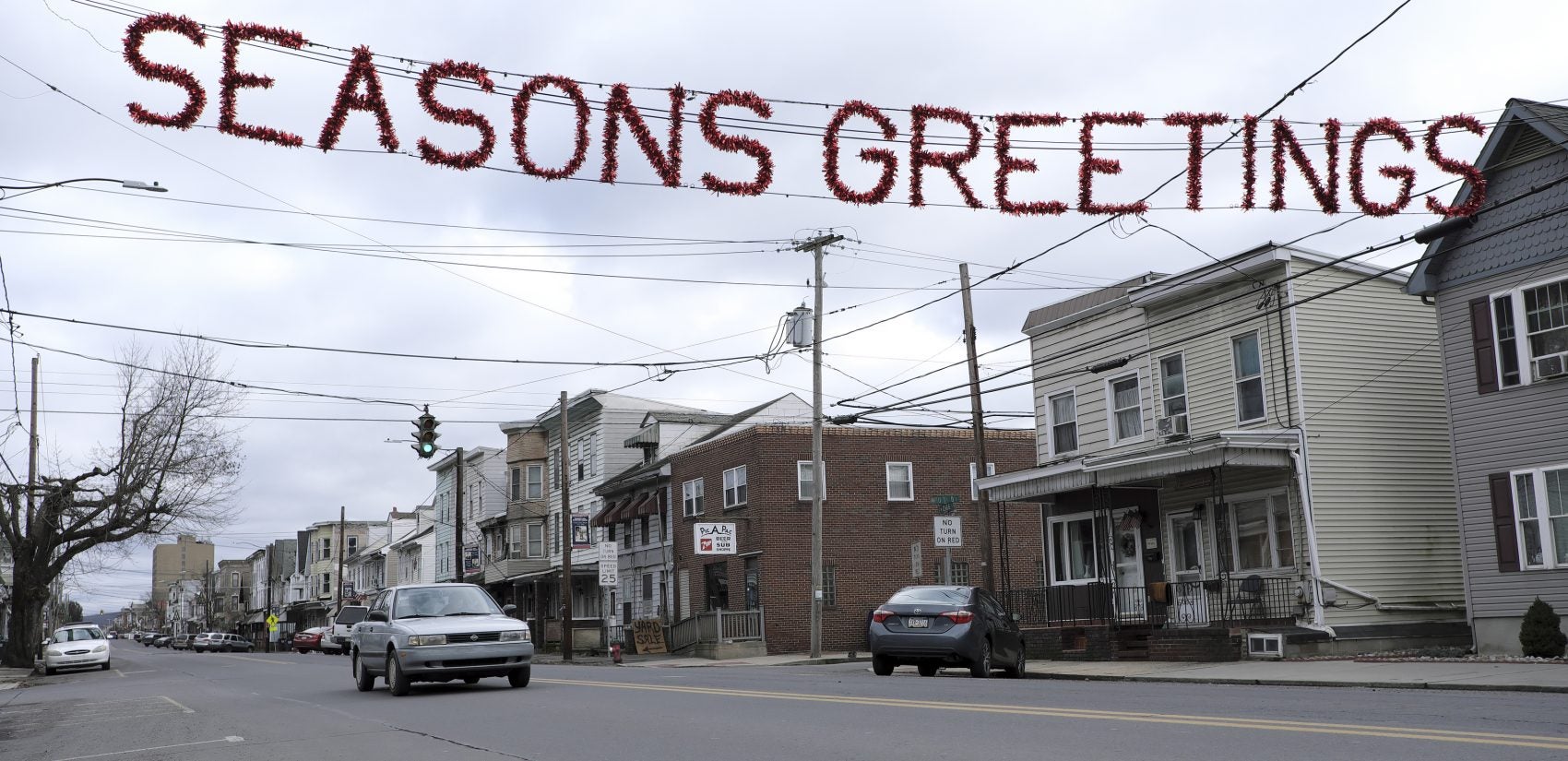
The question now is whether a stable coal industry and growing manufacturing base can turn around towns like Mahanoy City, with their shrinking populations and crumbling housing. Zukas says unless these townships can fix their blight problems, that’s unlikely.
“Not to the extent decline is taking place. If we’re losing a couple thousand people a decade, I don’t think those numbers are reversing,” he said.
When people do find better-paying jobs here, he said, they tend to move out of the townships, onto larger plots of land — away from the blight of towns like Mahanoy City.
At borough council headquarters in a second interview, Maziekas was surprised to learn Blaschak hadn’t created new jobs.
“I just assumed that they’re going to be out there doing that,” he said.
But he remains optimistic as ever.
“Everything is going to turn around, eventually,” he said. “Not just Mahanoy City — I do believe the small towns in these areas, we are making the circle and we are coming back.”
WHYY is your source for fact-based, in-depth journalism and information. As a nonprofit organization, we rely on financial support from readers like you. Please give today.







